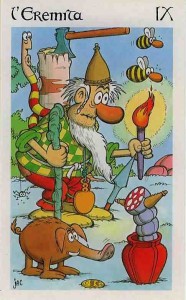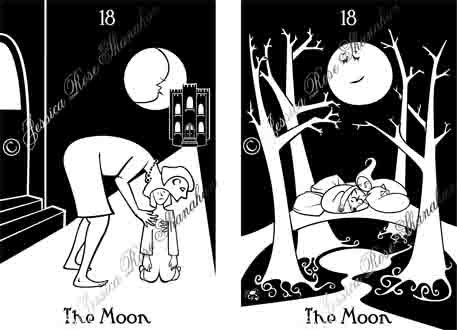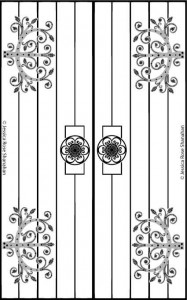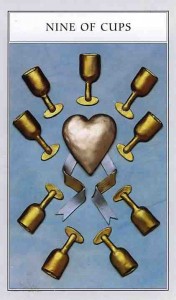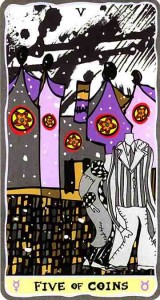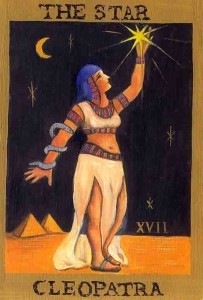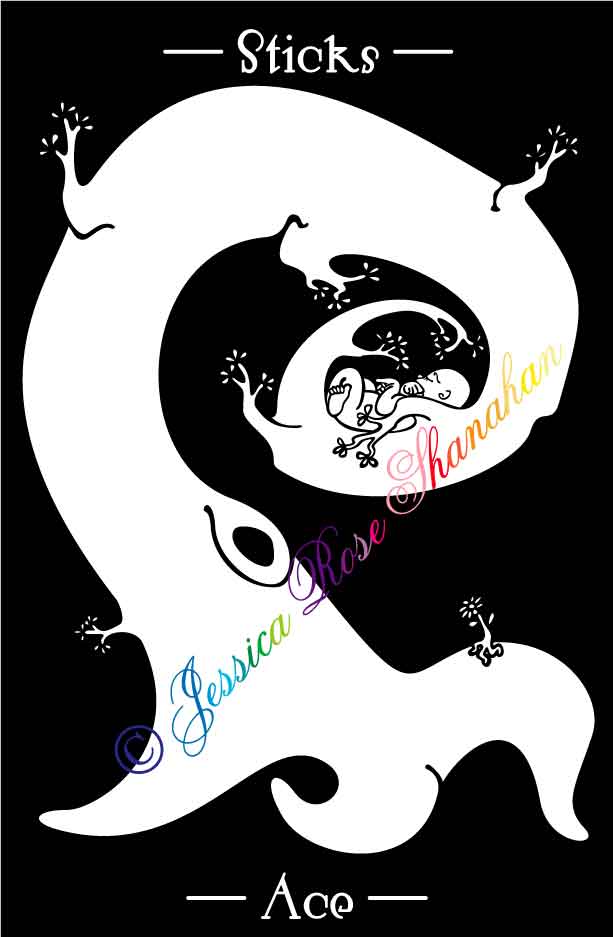
The Events of April 5th, 2012
A Birth Story
My contractions began around 10am, possibly earlier. Around 11am or so I drove to a local printer. He gave me a tour of the shop. We talked about paper quality, different inks, and ways to lower the cost of printing my tarot deck. Every once in a while as we were talking, I would have a contraction. When the shop owner asked me a question I would give a delayed, thoughtful answer beginning with “Um, well, I think…” and wait until the contraction was over until actually thinking. I was there for an hour or so.
I went home, took a walk, called some friends, did a few loads of laundry, then called a very close friend on the phone. She’s quite wise in the ways of childbirth. After we talked on the phone for an hour or so, I finally mentioned to her that I was having contractions every five to ten minutes. I didn’t mention it was more often five than ten, and that it had been this way for a few hours. That was about 3pm or so.
My friend said, “That’s great!” She mentioned that, at this time of day, I might not have the baby. Possibly I’d just have contractions on and off throughout the night and I’d have the pleasure of trying to sleep through them. “But you should do something you really want to do,” she said, and listed a number of possibilities, none of which really appealed to me. I didn’t want to have to think about what I was doing.
“I really just want to talk on the phone with you,” I said. So we talked for a while longer— we really can talk for hours about nothing or anything at all— and at last agreed there were things we needed to do.
Four o’clock or so I wrote my boyfriend at work to make sure he still wanted to have a baby. I didn’t mention the contractions. Martin wrote back to say he was up for it.
Around five-thirty I went for a walk and met Martin as he was driving home. He pulled over and I got in a bit stiffly, in the middle of a contraction.
“Are you in labor?” he asked.
“Not entirely,” I replied.
At home, I began to pace furiously. There were a dozen things to do. The secret code for when to call the midwife is 5-1-1: contractions five minutes apart lasting for one minute for a duration of one hour. We set out to time my contractions. I don’t own a timer, so Martin found one on line. I was pacing furiously, peeing almost every contraction.
The contractions averaged two minutes apart or less, lasting for a minute each. We timed for forty minutes. Meanwhile, we were trying to clean the house and set up the birth tub. It is difficult to accomplish anything in minute intervals.
I called my doula and explained what was going on. I asked if she could come over and whether I should call the midwife. She said yes on the midwife, and that she just had to drive home, drop off her family, then drive to my house. “Okay,” I said, and we hung up. From where she was, she could take an hour. I called her right back. “Can you come right over?” I asked.
I called my midwife, who subjected me to what seemed like a 20-minute interview between contractions. She said she’d be over, she just had to go home and have a bite to eat.
By the time my doula got here— her husband dropped her off on the way home— I was no longer bothering to put my pants on between contractions. I labored backwards on the toilet and had brief bits of coherent conversation between contractions. At one point I said, “I really just want to take a shit.”
My doula replied, “You know, that might just be your baby.” I refused to believe the baby was that close to coming, because then I would have to admit I was having a difficult time.
When my midwife arrived, I reluctantly left the toilet and went to the bedroom where I shamelessly took off the rest of my clothing and my midwife did midwife-things.
“I want to go back to the bathroom,” I whined.
“You can go back to the bathroom,” said the midwife, “but this is a much nicer place to have a baby.”
I did not have the energy to say, “I’ll come back to the bedroom when I’m ready to have a baby,” and no one offered to help me up, so I stayed in the bedroom, kneeling on the bed, laboring while leaned over the birth ball for a few more minutes.
Iris was born at 9:15pm, three and a quarter hours after Martin picked me up on the road. She was 7 pounds, 21 inches long. She opened her eyes and lifted her head.
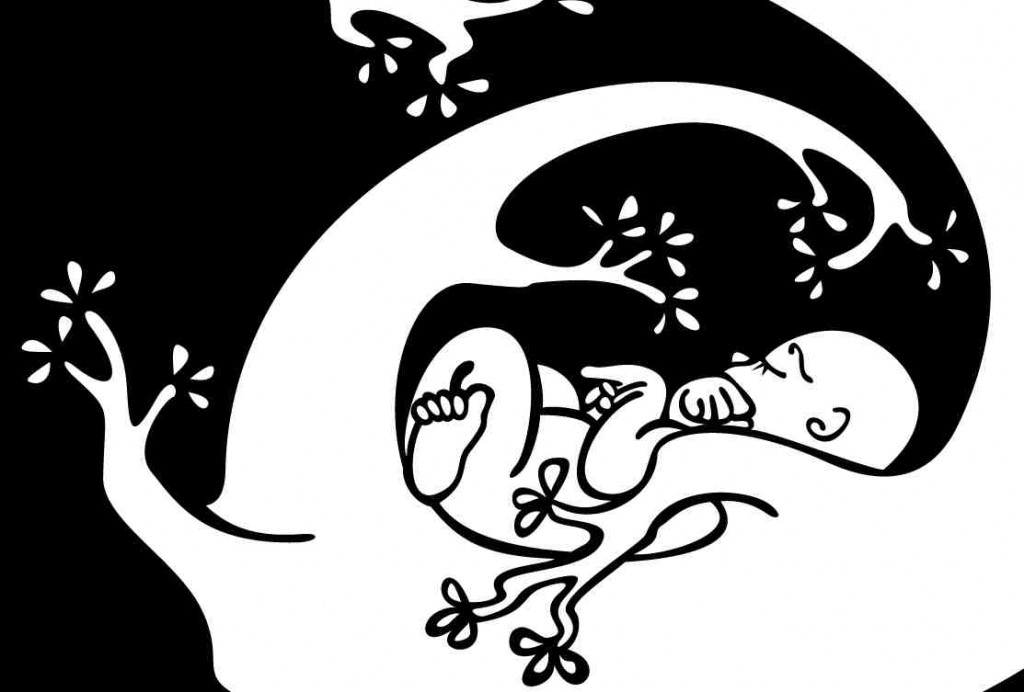




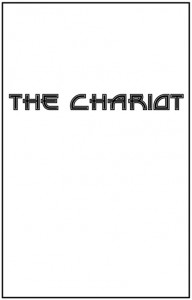
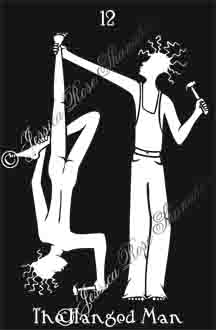 The hanged man sacrifices himself
The hanged man sacrifices himself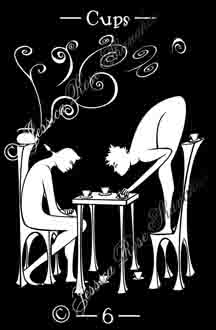 Artist: Jessica Shanahan
Artist: Jessica Shanahan